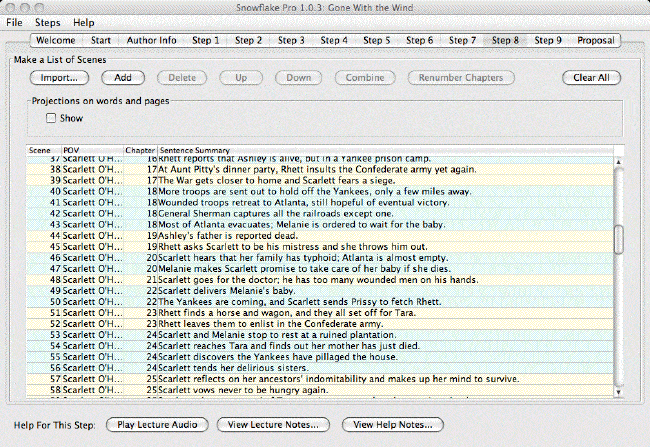

- #USING SNOWFLAKE PRO TO WRITE A SCRIPT HOW TO#
- #USING SNOWFLAKE PRO TO WRITE A SCRIPT INSTALL#
- #USING SNOWFLAKE PRO TO WRITE A SCRIPT DRIVER#
- #USING SNOWFLAKE PRO TO WRITE A SCRIPT PASSWORD#
- #USING SNOWFLAKE PRO TO WRITE A SCRIPT DOWNLOAD#
#USING SNOWFLAKE PRO TO WRITE A SCRIPT DRIVER#
No_proxy indicates which host names are allowed to bypass the proxy server: Proxy= no_proxy=. įor another custom driver parameters example, see Use a proxy for Snowflake.įor details about driver parameters, see ODBC Configuration and Connection Parameters on the Snowflake website. Note: You can’t change the driver parameters that Tableau generates you can only append parameters.įor example, this syntax specifies a proxy server to use when the no_proxy values are not met. You can do this by appending driver parameters to the connection string in the Advanced tab. In some cases, you may want to modify the connection made with the Snowflake connector. Customize the connection using driver parameters Contact your networkĪdministrator or database administrator. If you still can't connect, yourĬomputer is having trouble locating the server. If Tableau can't make the connection, verify that your credentials are correct. For more information, see Run Initial SQL.

Or select Single Sign On if Snowflake is configured to support SSO.
#USING SNOWFLAKE PRO TO WRITE A SCRIPT PASSWORD#
#USING SNOWFLAKE PRO TO WRITE A SCRIPT INSTALL#
Note: To support using OAuth with Snowflake, you must install the latest ODBC driver from Snowflake (currently version 2.21).
#USING SNOWFLAKE PRO TO WRITE A SCRIPT DOWNLOAD#
If the driver is not installed on your computer, Tableau displays a message in the connection dialog box with a link to the Driver Download (Link opens in a new window) page where you can find driver links and installation instructions. You might already have the required driver installed on your computer. This connector requires a driver to talk to the database. (Optional) Initial SQL statement to run every time Tableau connects
#USING SNOWFLAKE PRO TO WRITE A SCRIPT HOW TO#
There are all sorts of data you can connect to using Power BI Desktop.This article describes how to connect Tableau

The Snowflake connector supports Custom Roles.

You can Load the selected table, which brings the entire table into Power BI Desktop, or you can Transform Data the query, which opens Power Query Editor so you can filter and refine the set of data you want to use, and then load that refined set of data into Power BI Desktop. Once you successfully connect, a Navigator window appears and displays the data available on the server, from which you can select one or multiple elements to import and use in Power BI Desktop. To do this, read the Getting Started section of the Snowflake documentation on the topic. If you want to use the Microsoft account option, the Snowflake AAD integration must be configured on the Snowflake side. You can modify those credentials by going to File > Options and settings > Data source settings. Once you enter your username and password for a particular Snowflake server, Power BI Desktop uses those same credentials in subsequent connection attempts.


 0 kommentar(er)
0 kommentar(er)
